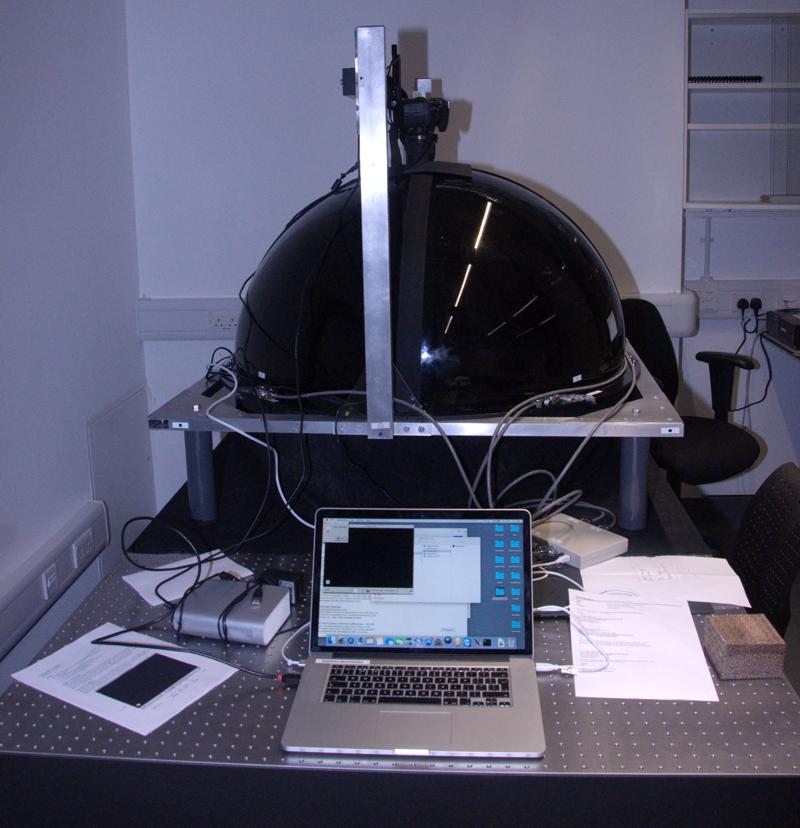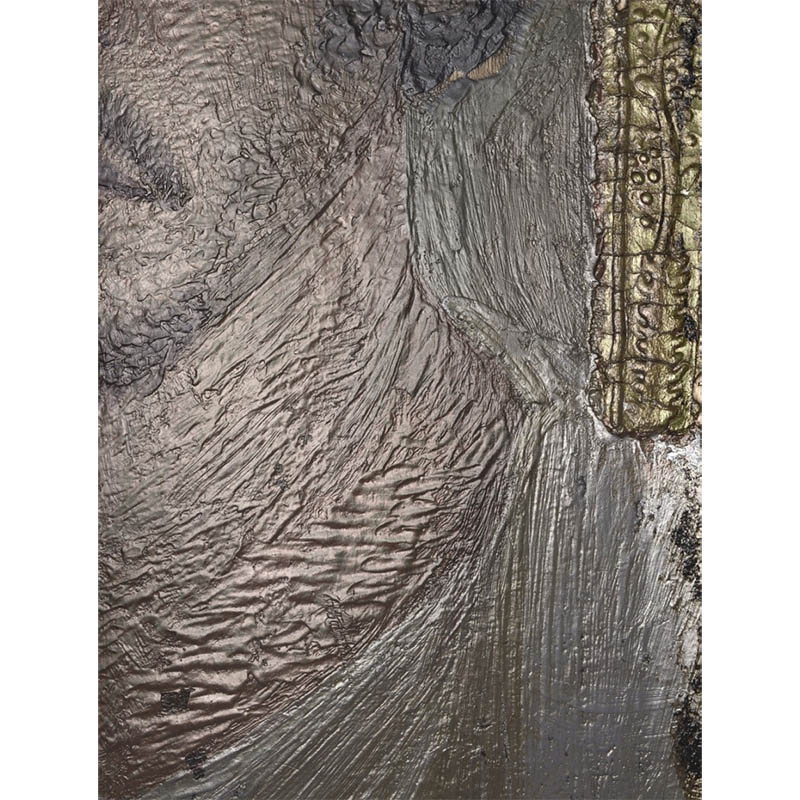
They use the system for a wide range of objects. Here are examples from Carl Heron (Director of Scientific Research):
Queries range from the routine to the highly specialised. Of most recent impact has been the application of the technique to two particular projects;
Firstly, the investigation of around thirty metalpoint drawings in the British Museum’s collection from Germany and the Low Countries dating from the 15th to 17th centuries, undertaken as part of Dr Joanna Russell’s Andrew W. Mellon fellowship, in preparation for the exhibition, Drawing in Silver and Gold: Leonardo to Jasper Johns. The research also produced a volume of the technical examination and analysis of these works on paper.

Detail of a Graeco-Roman mummy portrait from Egypt (EA74704) showing the differences in tool marks produced by the use of paintbrushes vs. cauteria.
[1] Russell J, Rayner J, Bescoby J (2017) Northern European metalpoint drawings: technical examination and analysis. London: Archetype Publications in association with the British Museum.
Secondly, the investigation of some examples of the British Museum’s corpus of Graeco-Roman mummy portraits from Egypt, where RTI has been instrumental in feeding into two lines of research: one on the study of encaustic binding media as part of the joint research activities carried out within the framework of the BM’s participation in the IPERION CH project and the other more general investigations of tool marks and artistic practices, as part of the BM’s involvement in the APPEAR. Both strains of research are projected to produce publications in 2019
Several training sessions have been held to provide accessibility to scientists, conservators and museum illustrators, in order to continue to support their research and to ensure that full use can be made of the facility.”